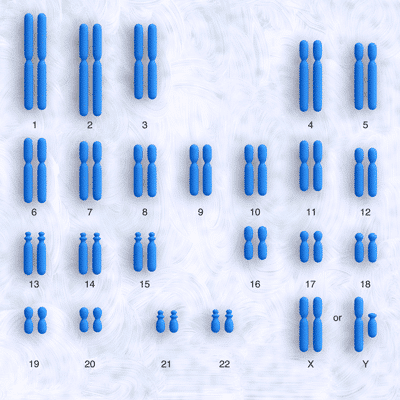World Down Syndrome Day

March is a big month for parents, expecting parents and educators. March is Developmental Disabilities Awareness Month. It is Trisomy Awareness Month. St. Patrick’s Day came and went. I’m sure everyone forgot to set their clocks forward a few weeks ago and spring started yesterday. Today is special too. March 21 is World Down Syndrome Day. So much time, and so little to do! Strike that, reverse it!
Developmental disabilities affect nearly 14% of the population according to the latest data published by the Centers for Disease Control and Prevention (CDC). That is a big deal for us here at Interactive Metronome® (IM); we want everyone to reach their fullest potential, whether it is in the classroom, board room, or on the field. Developmental disabilities are varied and diverse, and many of them go undiagnosed. Conditions may include autism, ADHD, learning disabilities, cerebral palsy, fetal alcohol syndrome, muscular dystrophy, Tourette syndrome, general intellectual disability and chromosomal disorders like Fragile X syndrome, Rett syndrome and Down syndrome.
Down syndrome is one of the most recognizable chromosomal disorders, and it is caused by trisomy 21. With the prevalence of developmental conditions caused by trisomy-related disorders, it is no surprise that the two share a month. While there are various forms of trisomy, most syndromes are specifically related to the chromosome affected, and to what severity. Here are a few common trisomy-related disorders:
- Warkany syndrome 2 (Trisomy 8) leads to developmental delays, abnormal features, expressionless face, premature aging and short stature. More severe cases will lead to miscarriage.
- Trisomy 9 results in organ defects and skull and nervous system dysmorphism. Also commonly causes miscarriages.
- Patau syndrome (Trisomy 13) causes severe physical abnormalities such as extra fingers, cleft palate, spinal defects, abnormal genitalia, heart defects, eye defects and microcephaly.
- Trisomy 16 this disorder most often results in miscarriage; in fact, it is the number one trisomy-related condition that results in miscarriage.
- Edwards syndrome (Trisomy 18) – causes organ defects, developmental delays, breathing difficulties, under-developed body parts and death. 80% of reported cases are female. The majority of cases die during pregnancy or birth; only about 8% of cases will survive beyond one year.
- Down syndrome (Trisomy 21) relatively common trisomy disorder, and most cases do not lead to miscarriage. Although Down syndrome leads to physical abnormalities, learning disabilities and developmental delays, many individuals live full, healthy lives with only minimal assistance. Down syndrome occurs in approximately 1:700 births, meaning that upwards of 400,000 individuals are living with the condition. 95% of cases are the result of an extra 21st chromosome; however, 4% is the result of one portion of chromosome 21 being misplaced, often to chromosome 14. This type of mutation is passed on to offspring, even if the parent is “normal” physically and mentally. This form can also be called familial Down syndrome. The remaining 1% have mosaic Down syndrome, which results in some cells having an extra chromosome and some cells that don’t. This happens when the genetic error occurs after fertilization.
- Trisomy 22 can lead to a variety of disorders, including Emanuel syndrome, Phelan-McDermid syndrome and “Cat Eye” syndrome. Generally leads to miscarriage.
- Additional sex chromosomes can also lead to disorders. Triple X syndrome (XXX) can lead to abnormal height, mild developmental delays and learning disabilities; however, many cases go undiagnosed and affected females rarely have physical disabilities. Klinefelter syndrome (XXY), on the other hand, causes obvious physical and a variety of developmental problems. Males with Klinefelter’s usually have broad hips, larger breast, low testosterone, low muscle tone, and infertility. XXY is not to be confused with Jacob’s syndrome (XYY), which causes almost no identifiable developmental or physical abnormality. While there are reports of slightly taller than average height and behavioral problems with Jacob’s, no such link has actually been scientifically defined.
Many developmental delays can be traced back to one thing “TIME” well, timing. Often, regardless of the condition, many of individuals have the same developmental hurdles: dyslexia, learning disabilities, communication problems, inability to attend and trouble with working memory. Timing is a domain-general mechanism; in other words, it is an integral part of most functional processes, including communication, reading, memory and attention. How long you sleep is determined by how well your body tracks time. Whether or not you can understand the pauses and meaning of speech relies on timing. Driving a car requires timing. Farming requires timing. Hunting requires timing. Raising children is all about timing. Even popping popcorn is dependent on timing.
This March, it is time to bring awareness to developmental disabilities and trisomy-related conditions. An extra chromosome will never make anyone less of a person. That just doesn’t make any sense; obviously, they are so much more. It is a new season and it is time for a new outlook. Regardless of the motivation, let IM training help you reach your goals.
